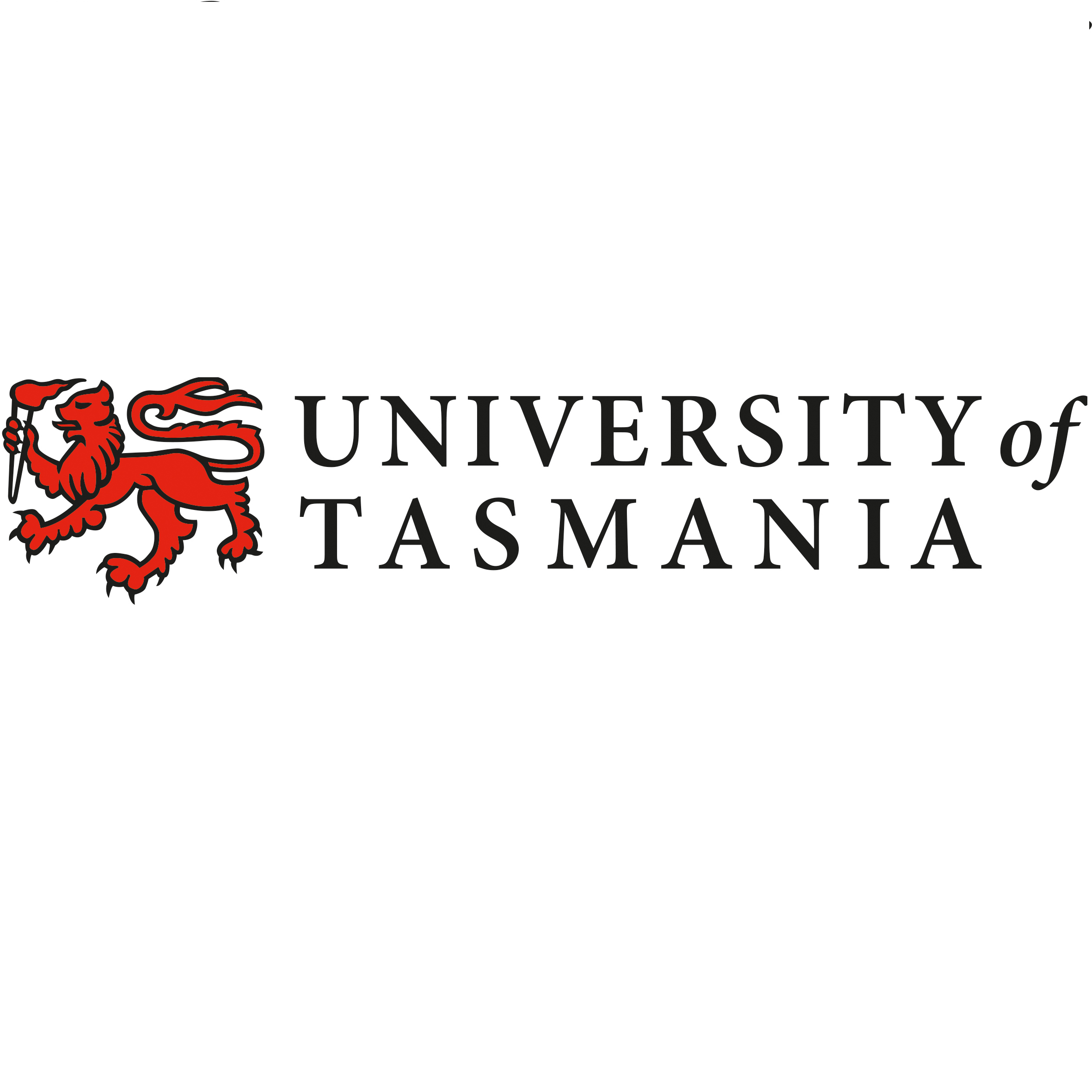Full description
The main aim of this research program was to determine the potential for reducing the density of urchins to encourage the return of seaweeds and an improvement in urchin roe quality and quantity from remaining urchins. Tasmanian Sea Urchin Developments used two widely-separated sub-tidal experimental lease areas. One of these areas was at Meredith Point, on the east coast, and the other at Hope Island, on the south coast. Both sites had been subject to some overgrazing by urchins. At Meredith Point, the study area was divided into plots containing urchins at three densities: artificially enhanced, continually harvested and control (undisturbed). At Hope Island, controlled clearings of urchins and limpets from barrens areas were conducted. Recovery of vegetation was monitored as well as urchin roe quality and quantity. The data represented by this record was collected at Meredith Point.Lineage
Maintenance and Update Frequency: notPlannedNotes
CreditFisheries Research and Development Corporation (FRDC): 93/221
To develop cost-effective, commercial enhancement techniques which will restore biological balance and maximise the fishery's value and employment potential by increasing both roe weight and roe quality.
Created: 23 11 2011
Data time period: 21 12 1993 to 06 06 1996
text: westlimit=147.85; southlimit=-42.65; eastlimit=148.05; northlimit=-42.45
text: uplimit=6; downlimit=0
User Contributed Tags
Login to tag this record with meaningful keywords to make it easier to discover
(DATA - Meredith Point transects [direct download])
uri :
https://data.imas.utas.edu.au/attachments/dbe0e67d-526d-437b-bbac-ac62b187a3df/MeridTransectData.xls![]()
(REPORT - FRDC Report [direct download])
uri :
https://data.imas.utas.edu.au/attachments/dbe0e67d-526d-437b-bbac-ac62b187a3df/JCSUrchFRDC.pdf![]()
(REPORT - FRDC Report: Appendices 1 - 2 [direct download])
MAP - Site of urchin density manipulations (imas:FR3_CJSanderson_Pilot_management_program_urchin_density_meredithpoint_GV)
uri :
https://geoserver.imas.utas.edu.au/geoserver/wms![]()
(View and download this data through the interactive IMAS Data Portal.)
uri :
https://data.imas.utas.edu.au/portal/search?uuid=dbe0e67d-526d-437b-bbac-ac62b187a3df![]()
- global : dbe0e67d-526d-437b-bbac-ac62b187a3df


